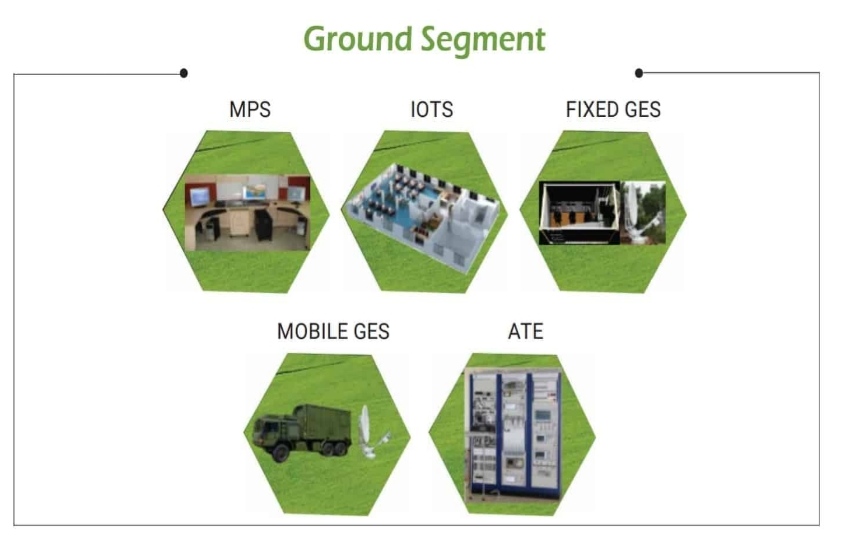India’s ISTAR Takes Shape, MoD Clearance May Be Given For Rs 22000 Crores

The Indian government is all set to give clearance in the coming months to acquire a U.S. ISTAR (Intelligence Surveillance Targeting and Reconnaissance) battlefield and ground surveillance aircraft platform. The first step towards a larger project that will see India’s Defence Research & Development Organisation develop sensor technologies for an additional four aircraft.
. A model of proposed Indian ISTAR jet was displayed for the first time at the Aero India 2021 show earlier this month, giving indication that the project is on track after a troubled start.
The official literature on the Indian ISTAR describes it as ‘cutting edge technologies for the nation in support of precision strike’. That the speeding up of the program has happened in the aftermath of the Balakot air strikes by India on Pakistan is no coincidence. Nearly two years has elapsed since the military operation in which Indian Air Force jets, supported by Indian airborne surveillance assets, struck terrorist targets deep in on Pakistani soil. The literature on the Indian ISTAR program says, ‘ISTAR is a MULTI INT Solution capable of exploiting image, SIGINT and track info from sensors and provide actionable intelligence for tactical and strategic advantage.’
In 2019, efforts to acquire ISTAR aircraft had been bedeviled by a DRDO-Indian Air Force turf war over testing. Since then, things have managed to return back from the brink.. The Indian ISTAR program is now getting support from the Indian MoD’s procurement and clearance is likely in the middle of this year. The Indian Air Force is said to have expressed urgency in the program, and has provided full backing to the indigenous ISTAR as a priority future asset.

In the mean time, work on the Indian ISTAR’s radar, electronic intelligence, communication intelligence and other sensors has already begun at the DRDO’s Centre for Airborne Systems (CABS), with two years of work already in. The team that developed the Netra AEW&C airborne system in service with the Indian Air Force has now been split into two expanded teams — one focused on the ISTAR program, and the other working on the Netra Mk.2, a program where the existing Netra radar system will be integrated with pre-owned Air India A320 passenger jets.

The ISTAR comprises airborne and ground segments based on a ‘high altitude, high endurance, transport jet’ sporting very high resolution imagery from long range SAR and EO/IR, ground moving target detection of slow moving objects, the ability to track mobile ground targets, map natural disasters, area monitor vessels, monitor activities near border and littoral areas. It also states that the ‘multi intelligence system’ uses AI/ML/DL to infer actionable Intelligence IMINT and SIGINT information to form a common operating picture (COP).

A formal decision yet awaited but the Indian ISTAR — like the U.S. aircraft to be procured under the Defence Technology & Trade Initiative (DTTI) — is likely to be based on the Bombardier Global Express business jet platform. A separate procurement of four jets will commence as the program matures in the next two years. Much of the work done on the Netra Mk.1 AEW&C program will expectedly flow into the DRDO’s ISTAR, though a large number of Indian private start-up companies have been enlisted to contribute to the indigenous software architecture will be proprietary to Indian battlefield and ground surveillance needs.

Apart from airborne intelligence aircraft operated by India’s Research & Analysis Wing (RAW), the Indian Air Force currently operates three Phalcon AWACS (with two more to be contracted) and two DRDO-Embraer Netra AEW&C jet. A third of the type is being used by the DRDO as a sensor testbed. The DRDO was earlier also developing an AWACS system based on the Airbus A330 widebody jet platform, though that has, at the very least, now been pushed down the priority ladder. On the other hand, with priority backing, the ISTAR program is expected to move smoothly forward.




